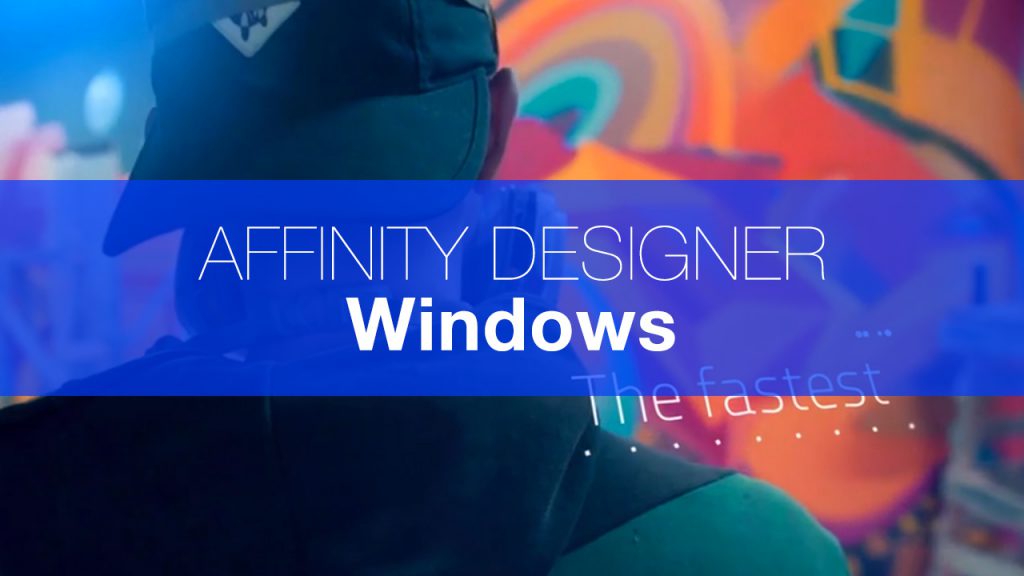


One of the features where Affinity Designer wins over Illustrator, however, is in its grid functions. One of the key elements is Illustrator’s Envelope Distortion tool, allowing text to be twisted and skewed intelligently to fit specific spaces.Īffinity Designer allows vectors to be skewed to match faces of customisable isometric grids (Image credit: Beth Crane) Illustrator is integrated with Adobe Fonts, allowing users to preview Adobe fonts in situ before downloading them, and in the program itself, Illustrator possesses text editing abilities that Affinity Designer simply doesn’t have. Illustrator has a lot of additional features that are text based, and considering the importance of text in graphic design, for many this will be the match point. Vector lines can be modified either by clicking and dragging or by using vector point levers, depending on your goal. The key element of any vector software, the node editor, is both relatively similar and fairly simple for both nodes can be added either individually and specifically with the pen tool or in a more freehand manner with the straightforwardly-named freehand tool. Whereas Illustrator relies on its mainstay of drop-down numerical boxes, Affinity Designer’s sliders are a more intuitive way to determine sizing, whether you’re determining the appropriate stroke width or layer transparency.īoth programs have the ability to customise their toolbar, meaning you can be rid of the tools you don’t use and prioritise the ones you use the most, and both have the ability to make simultaneous changes across all instances of similar objects in Illustrator, this is called Global Editing, whereas in Affinity Designer you can designate an object, such as a logo, as a Symbol, giving you the opportunity to automatically copy across any changes made to all instances of it. One of the more intuitive elements of Affinity Designer’s user interface is the use of sliders to control sizing and zooms.

Affinity Designer's Workspace (Image credit: Beth Crane)


 0 kommentar(er)
0 kommentar(er)
